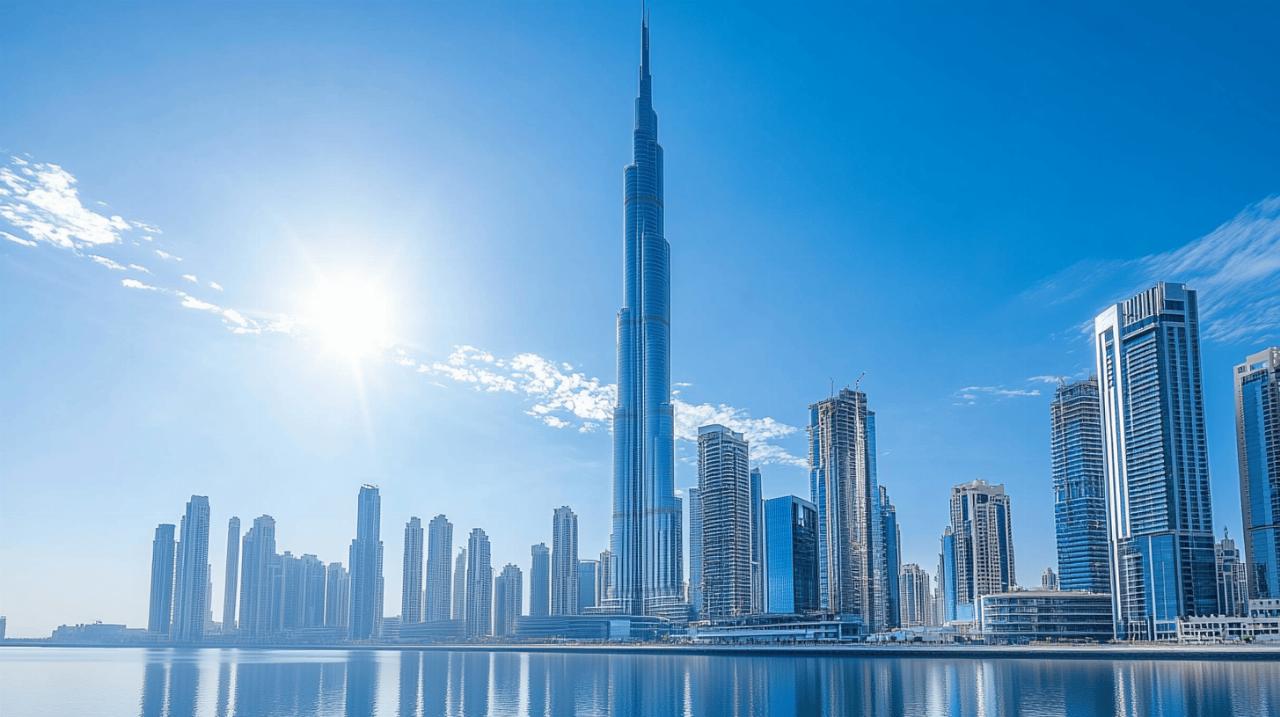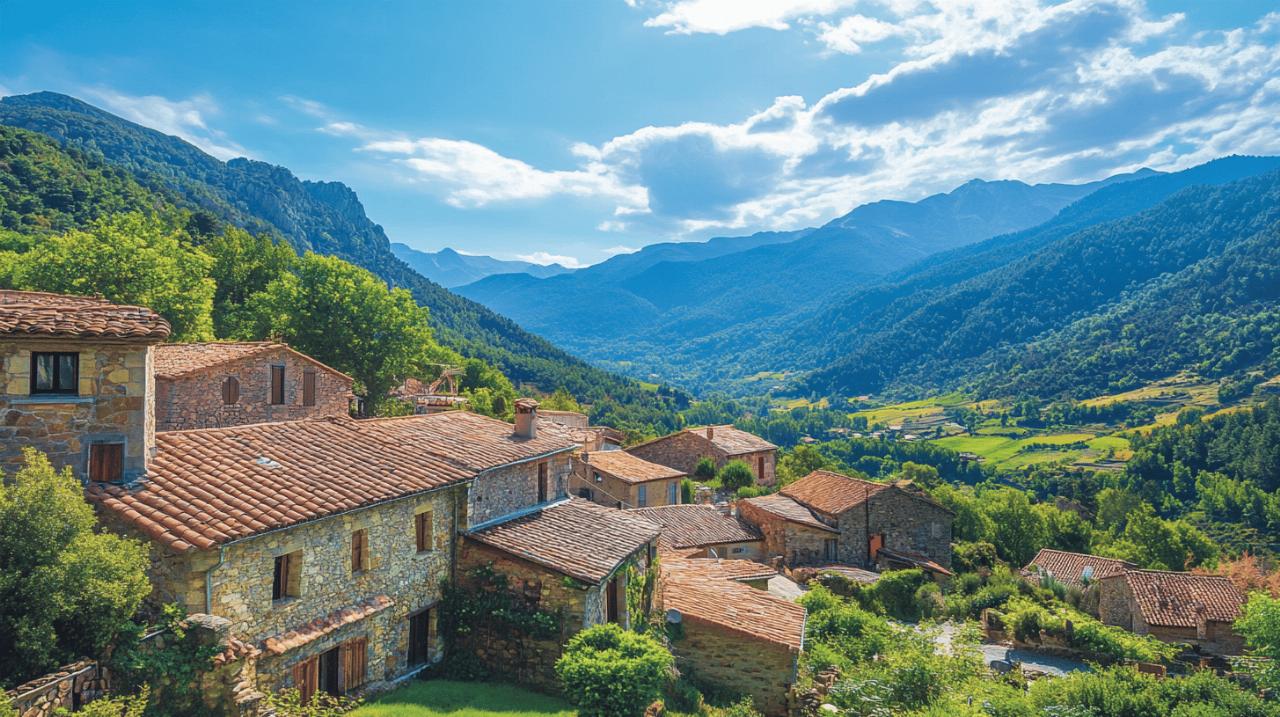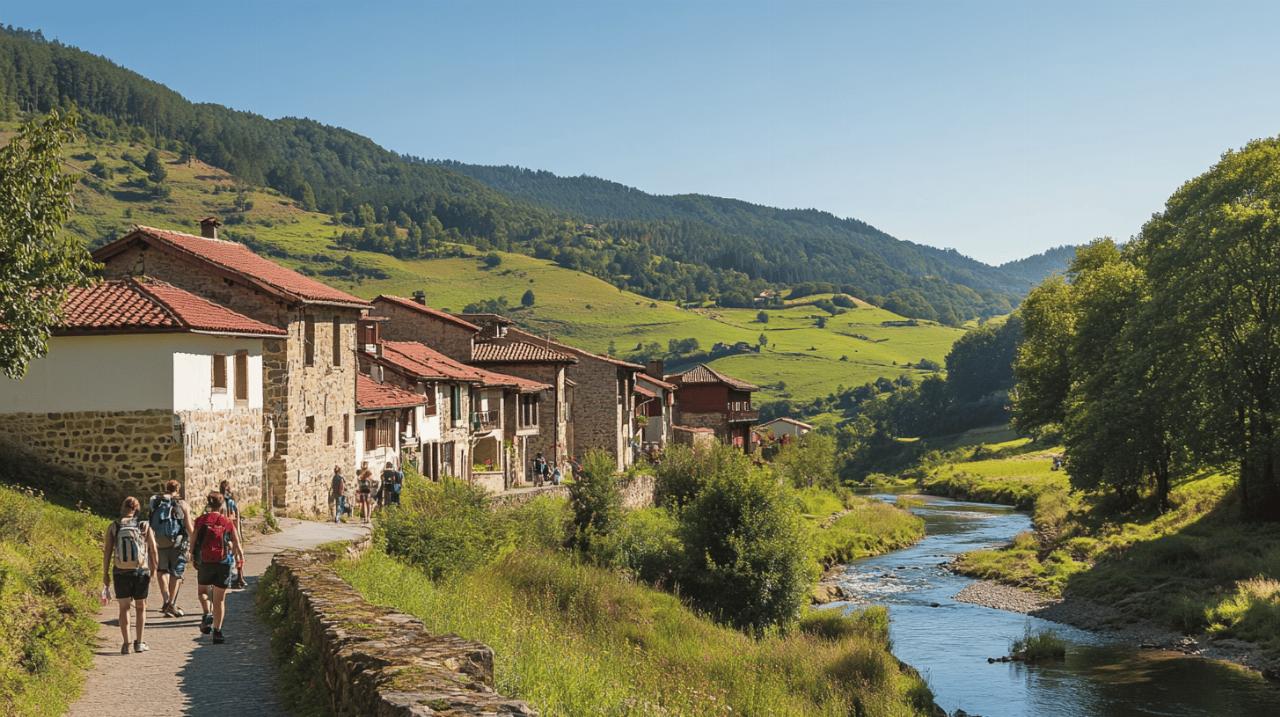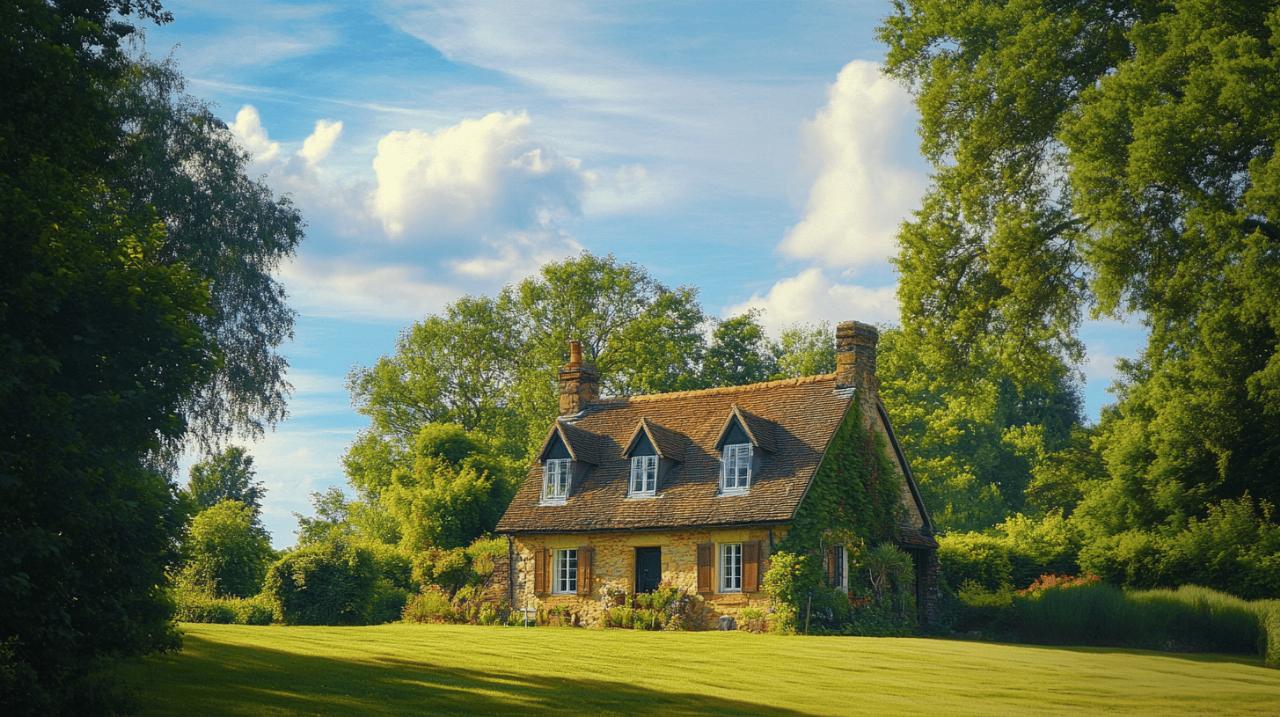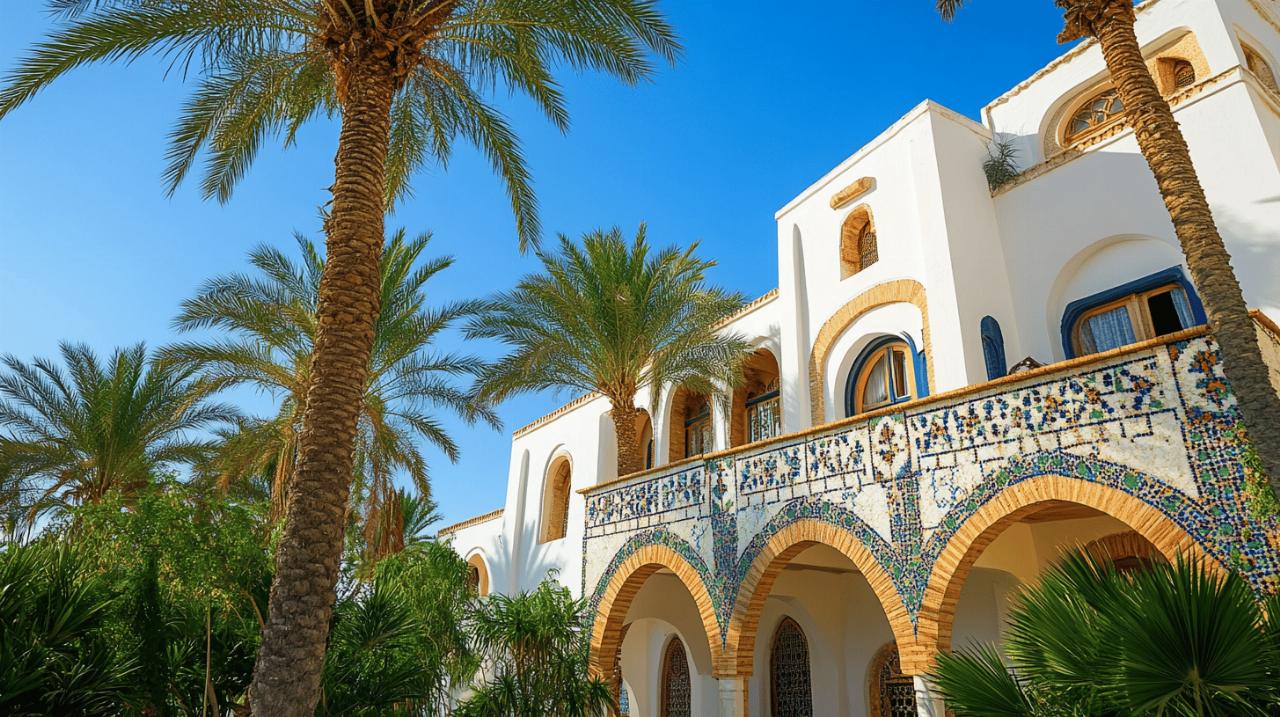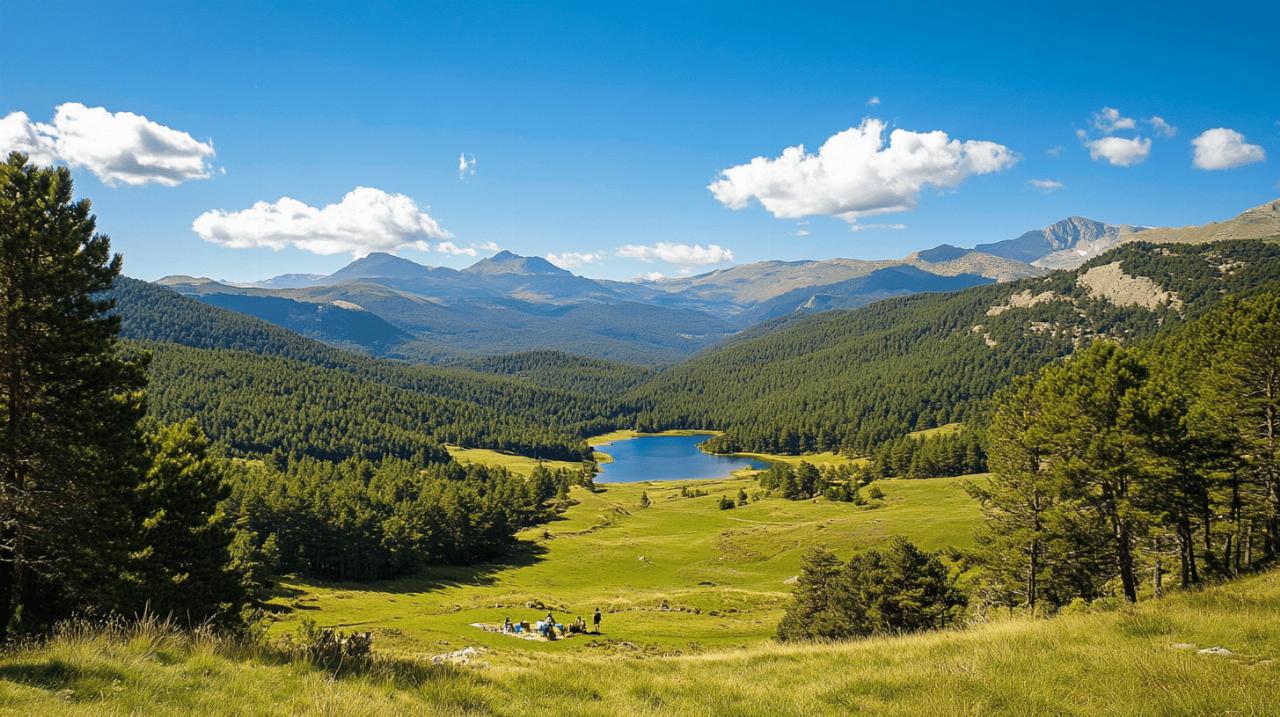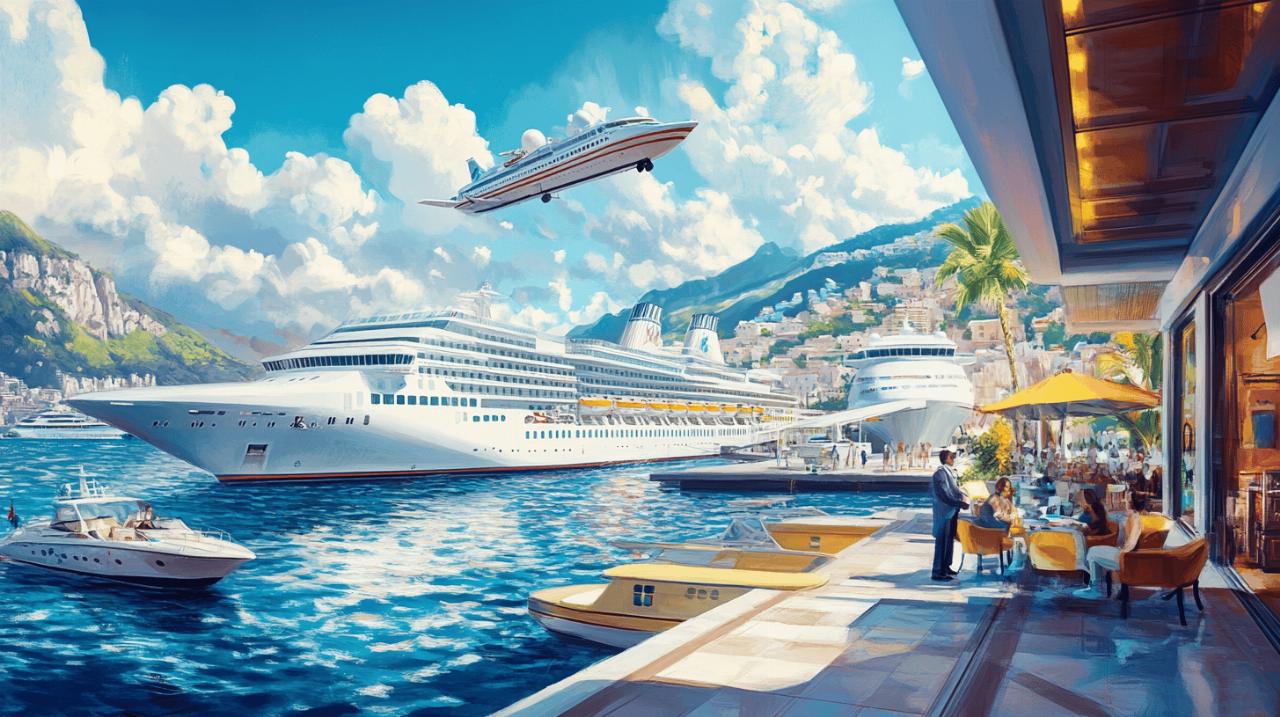Dubai's skyline is a testament to architectural ambition and innovation, with each towering structure telling its own story of progress and vision. Among these giants stands the Almas Tower, a remarkable edifice that has become synonymous with the Jumeirah Lake Towers district. This commercial powerhouse not only defines the area's identity but also offers valuable insights for property professionals seeking to understand what makes a building truly iconic in the competitive world of Middle Eastern real estate.
The architectural marvel: understanding almas tower's impressive stature
The 360-metre giant: breaking down the tower's physical dimensions
When discussing the Almas Tower, one cannot help but begin with its sheer physical presence. This magnificent structure reaches an impressive height of 360 metres, a measurement that includes its telecommunications spire. The tower itself rises to 306 metres at its top floor, whilst the uppermost habitable level sits at 279.3 metres above ground. These dimensions placed it firmly amongst the tallest buildings in Dubai until the completion of the Burj Khalifa in 2009, which claimed the title of the world's tallest structure. The Almas Tower comprises 68 floors in total, including five underground levels that house essential building infrastructure. This vertical expanse translates to over 1,180 feet of steel, glass, and concrete reaching toward the Arabian sky. The building's substantial footprint accommodates 35 lifts that efficiently transport occupants throughout its many floors, ensuring smooth operations despite the considerable vertical distances involved. To serve the thousands who work within its walls, the tower provides an impressive 1,700 parking spaces, addressing one of the most critical challenges facing high-density commercial developments.
Design excellence by atkins: what makes this jlt structure stand out
The architectural vision behind the Almas Tower comes from Atkins, a globally renowned design firm known for creating structures that balance aesthetic appeal with functional excellence. The tower's design reflects both practicality and visual impact, with its sleek glass façade capturing and reflecting the intense Dubai sunlight. The building's form is purposeful, maximising usable floor space whilst maintaining structural integrity against the region's environmental challenges. The spire crowning the structure serves multiple purposes beyond simply adding to the overall height measurements. It functions as a lightning conductor, protecting the building and its occupants from electrical storms that occasionally sweep across the desert landscape. Additionally, it houses telecommunications equipment, making the tower not merely a static structure but an active participant in Dubai's communications infrastructure. The design philosophy extends to the interior spaces, where office layouts range from 800 square feet to 3,000 square feet, offering flexibility for businesses of varying sizes and requirements. This adaptability has proven essential in attracting diverse tenants, from boutique firms to major international corporations seeking a prestigious address in the Diamond Tower, as it is sometimes known.
Strategic Location and Purpose: Why Almas Tower Dominates the DMCC Free Zone
Jumeirah Lake Towers: The Perfect Setting for a Commercial Powerhouse
The tower's location within Jumeirah Lake Towers represents a carefully considered strategic decision. Situated approximately three miles from the coast, the JLT district offers a unique blend of commercial vitality and residential comfort. The area has been developed as a comprehensive community where professionals can live, work, and enjoy leisure activities without lengthy commutes. The proximity to Sheikh Zayed Road, designated as E11, ensures excellent connectivity to the rest of Dubai, whilst the DMCC Metro Station provides direct access to the city's efficient public transport network. The surrounding environment of JLT features attractive waterfront promenades, green spaces, cafés, and shops that create a pleasant atmosphere beyond the strictly commercial. This holistic approach to urban planning has made the area increasingly popular amongst both businesses and residents, driving property values and rental demand. The Almas Tower stands as the undisputed centrepiece of this thriving district, its distinctive silhouette serving as a navigational landmark visible from considerable distances across Dubai's sprawling metropolitan area.
From Precious Stones to Multi-Use Spaces: The Tower's Role in Dubai's Economy
The Almas Tower was conceived with a specific economic purpose in mind: to establish Dubai as a premier global hub for diamond trading. Launched in 2005 and completed by 2008, the building houses the Dubai Diamond Exchange and serves as the headquarters for the Dubai Multi Commodities Centre, which owns the structure. This strategic focus has borne fruit, with Dubai now ranking as the world's third-largest diamond trading centre, a remarkable achievement that underscores the effectiveness of creating purpose-built infrastructure for specialised industries. Beyond its role in the precious stones trade, the tower functions as a multi-use commercial building, hosting a diverse array of businesses spanning financial services, commodities trading, and professional services. A conference centre with capacity for 500 delegates provides essential meeting and event facilities, supporting the tower's role as a business hub. Retail spaces occupy strategic locations within the building, with shops available for rent at competitive rates that average around AED 15,000 annually. This mixed-use approach ensures that the building maintains vibrancy throughout working hours, with complementary services supporting the primary commercial tenants.
Property management lessons from dubai's iconic skyscraper
Maximising mixed-use property potential: what jlt's crown jewel teaches us
 Property managers examining the Almas Tower's success can identify several key factors that contribute to its sustained market position. The building offers both shell and core offices as well as fully fitted spaces, catering to different tenant preferences and budget considerations. Shell and core rentals range from AED 156,000 to AED 433,000 annually, whilst fully fitted options command between AED 170,000 and AED 650,000, reflecting the added value of ready-to-occupy spaces. For investors seeking to purchase rather than lease, shell and core offices are available between AED 5.79 million and AED 10.9 million, with fully fitted units starting from AED 1.6 million. The average transaction price for fully fitted offices sits around AED 8.8 million, indicating strong market confidence in the property's long-term value. This diverse pricing structure demonstrates the importance of offering multiple options to capture different segments of the commercial property market. The service charges, totalling AED 22.62 per square foot, represent a significant consideration for occupiers and must be justified through excellent facilities management, security, and building maintenance standards.
Property managers examining the Almas Tower's success can identify several key factors that contribute to its sustained market position. The building offers both shell and core offices as well as fully fitted spaces, catering to different tenant preferences and budget considerations. Shell and core rentals range from AED 156,000 to AED 433,000 annually, whilst fully fitted options command between AED 170,000 and AED 650,000, reflecting the added value of ready-to-occupy spaces. For investors seeking to purchase rather than lease, shell and core offices are available between AED 5.79 million and AED 10.9 million, with fully fitted units starting from AED 1.6 million. The average transaction price for fully fitted offices sits around AED 8.8 million, indicating strong market confidence in the property's long-term value. This diverse pricing structure demonstrates the importance of offering multiple options to capture different segments of the commercial property market. The service charges, totalling AED 22.62 per square foot, represent a significant consideration for occupiers and must be justified through excellent facilities management, security, and building maintenance standards.
Maintaining premium standards in high-rise commercial properties
Operating a building of this scale and prestige requires meticulous attention to maintenance, security, and tenant services. The Almas Tower's management team must coordinate complex systems including fire safety protocols, particularly crucial given historical incidents affecting Dubai skyscrapers such as The Torch in February 2015 and the Address Hotel fire on New Year's Eve the same year. Emergency response procedures must be regularly tested and updated, with swift action taken when incidents occur, as demonstrated when smoke was once observed emanating from the tower and emergency services responded promptly. Property managers can learn from the comprehensive approach required to operate such a building, where every detail from lift maintenance to climate control systems impacts tenant satisfaction and retention. The provision of ample parking, efficient vertical transportation, and well-maintained common areas all contribute to the premium positioning that justifies the rental and sale prices commanded. Furthermore, the integration of modern amenities such as currency converters, area converters, and mortgage calculators on associated property platforms demonstrates how technology can enhance the tenant and investor experience, making transactions more transparent and accessible.
Almas tower's place in dubai's skyline: a comparative perspective
Standing Amongst Giants: How It Compares to Burj Khalifa and Dubai Marina's Finest
Whilst the Burj Khalifa ultimately claimed the title of Dubai's tallest building upon its completion in 2009, the Almas Tower held this distinction previously and remains an impressive structure by any global standard. To provide perspective, The Shard in London reaches 309.7 metres across 95 floors, with its observation deck positioned at 244 metres. The Almas Tower's top floor at 279.3 metres actually exceeds The Shard's viewing platform height, illustrating that comparisons between buildings require consideration of multiple metrics beyond overall height. The Dubai Marina area boasts numerous impressive residential and commercial towers, yet the Almas Tower maintains its distinctive identity through its specialised purpose and prime location within the DMCC Free Zone. Its architectural presence contributes significantly to the varied skyline that characterises modern Dubai, where each district features its own signature structures. The tower's prominence is further enhanced by its relative isolation as the tallest structure in its immediate vicinity, ensuring it remains visible from numerous vantage points across the city.
The future of property development: what this middle eastern icon reveals
The Almas Tower exemplifies several trends that continue to shape property development in Dubai and similar emerging global cities. The concept of creating purpose-built infrastructure to attract specific industries has proven highly effective, transforming Dubai into a major player in the diamond trade within a remarkably short timeframe. This targeted approach to economic development through strategic real estate projects offers lessons for other cities seeking to establish competitive advantages in specialised sectors. Looking ahead, developments such as Bluewater Islands with its 210-metre observation wheel and the Dubai Frame with its 150-metre glass floor experience demonstrate Dubai's ongoing commitment to creating architectural landmarks that serve both functional and symbolic purposes. The property website services available for the JLT area, including comprehensive platforms for buying, selling, and renting various property types from apartments to retail spaces, reflect the sophisticated real estate ecosystem that has evolved around flagship developments like the Almas Tower. Property management services, money transfer facilities, and detailed project listings all contribute to a mature market where investors and occupiers can make informed decisions. For property professionals worldwide, the Almas Tower stands as a case study in how visionary planning, quality execution, and strategic positioning can create an enduring commercial icon that transcends its basic function as office space to become an integral part of a city's identity and economic infrastructure.

